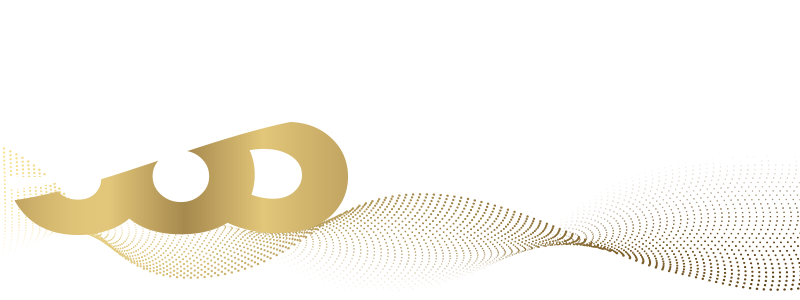Last week Microsoft has announced surprisal, that the support of Exchange 2010 will be extended for few more months till October 13, 2020.
So, what that means for us?
Prolog
Exchange Server, like almost all Microsoft products, has a support lifecycle during which we provide new features, bug fixes, security fixes, and so on. This lifecycle normally lasts for 10 years from the date of the product’s initial release, and the end of this lifecycle is known as the product’s end of support. When Exchange 2010 reaches its end of support on October 13, 2020, Microsoft will not longer provide technical support, Bug fixes and security fixes.
Good news
If we look back to the time before this announcement, the end of the support for Exchange 2010 was planed on January 2020.
Microsoft gives us now nine more months time to find a solution and migrate the Exchange 2010 environment to a new technology.
From the logical point this strategic step from Microsoft makes sense. There are still many large companies out there in the field, which are still in the migration progress or still didn’t decide what way they want to go in the future, if the way will still be on-premise or a cloud solution.
Be aware of
Microsoft has extended the support for Exchange 2010. However, in the most cases Exchange 2010 is installed on Windows Server 2008 R2. For the Server OS the extended support end date is January 14th, 2020. That means from January 2020 we have a supported Exchange in a not supported setup, if we use Windows Server 2008 R2.
What is different about Office 2010 is that the support of Office 2010 will also end on October 13, 2020. So, we are from safe from that side.
Possible options
If that did not happen now, it is really time to think where to migrate. Microsoft recommends migrating to Exchange online and start using Office 365. In this case we don’t have to think anymore about lifecycle and further migrations. The same it’s about the Client software like Office and/or Outlook.
However, another option is to migrate to Microsoft Exchange 2016 or Microsoft Exchange 2019. Important to know is, if we decide to migrate to Exchange 2019, we need to install the Exchange server on a Windows Server 2019, this is the only from Microsoft supported case. As well we need to think that if we use Exchange 2019, there will be no UM Role available anymore. Some time ago I wrote an article about that which you can find on Practical365.
Microsoft has made the graphic with three options where they advice to follow how the path could be:

Conclusion
If we look back on Exchange 2010, it was a real milestone in the messaging topic. Exchange 2010 was the last Server, where Microsoft have split the messaging roles to CAS, HT and MBX. I personally built and administrated a hosted Exchange environment for more than 140K mailboxes based on Exchange 2010. We were able to extend single services like CAS servers for our customers.
Nelly Furtado sang for us the song “All good things come to an end”. The same is also now about Exchange 2010.
Microsoft gives use few paths how and where we can migrate our Messaging environment from Exchange 2010.
Here on MSB365 Blog you can find a few articles about migrating to Exchange online, building a hybrid Exchange environment, or using third party tools for Migration.
It is just important to act now.
Photo by 🇨🇭 Claudio Schwarz | @purzlbaum on Unsplash

